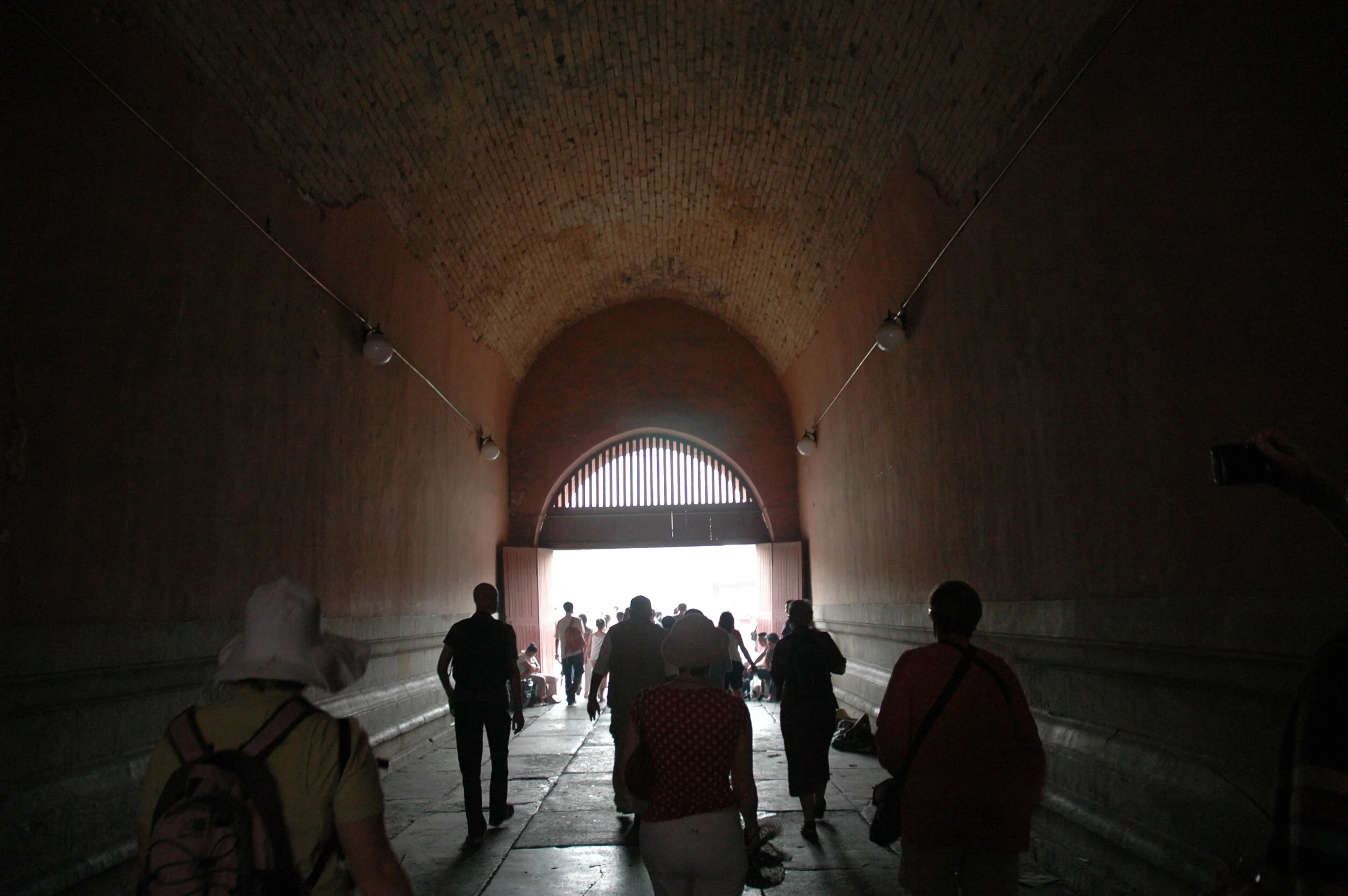What could be more topical than sharing a story of my travels through China?
My experiences at school introduced me to a broad spectrum of cultural backgrounds, none less than having the privilege of meeting peers from many different parts of the world. I was fascinated by how many Chinese students had travelled from so far away to come to school here in the UK. The rise of the Chinese economy has been rapid over the past two decades, and so it was a natural decision to go and explore China at some point.
Arriving at Tiananmen Square, Beijing
My love for travel and exploration naturally guided me to travel to China. At first, I was quite hesitant, the language barrier, the food, where will I stay? All the sorts of questions any new traveller would ask of themselves.
You will need to get your visa before booking your ticket. The process has been streamlined and will cost you in the region of £150. Always nice to have a nice page dedicated to your travels in your passport, the stamp’s a little something extra!
Great Hall of the People
On arrival at Beijing International Airport at night, I can remember the deathly silence at immigration. Each desk had a clerk and a soldier in uniform standing at the front. All the passengers stood in straight lines waiting in impeccable order for their turn to submit their passports. If you were drop anything, you would feel like you would be quietly removed and taken elsewhere.
Any fears I had after getting to my hotel quickly melted into the quickest sleep I got that evening. Refreshed and an early morning rise, I opened the curtains to find a thick blanket of smog lying under the cloudy morning. Almost indistinguishable from the inside, but once outside, you can breathe in the difference.
I reached Tiananmen Square at about 10 am and got exploring this vast area. Originally designed on the Red Square, Russia it is twice the size. People hurried with open umbrellas as tourists poured into the city.
Looking at the entrance to the Forbidden City
The Square houses the Monument to the People's Heroes, the Mausoleum of Mao Zedong, and in the distance, you can see the Great Hall of the People. From there, you can grab a tour guide and make your way to the Forbidden City.
The Forbidden City was the home of the Imperial dynasties of China. The last, Qing Dynasty, came to an end in 1911 after over 2000 years in power. In swift summary, the end led to a period of significant instability for China, which led to the civil war and ultimately the creation of the People's Republic of China formed on 1 October 1949.
Entering the Forbidden City, Beijing
Find out more about my journey through the Forbidden City next week!





